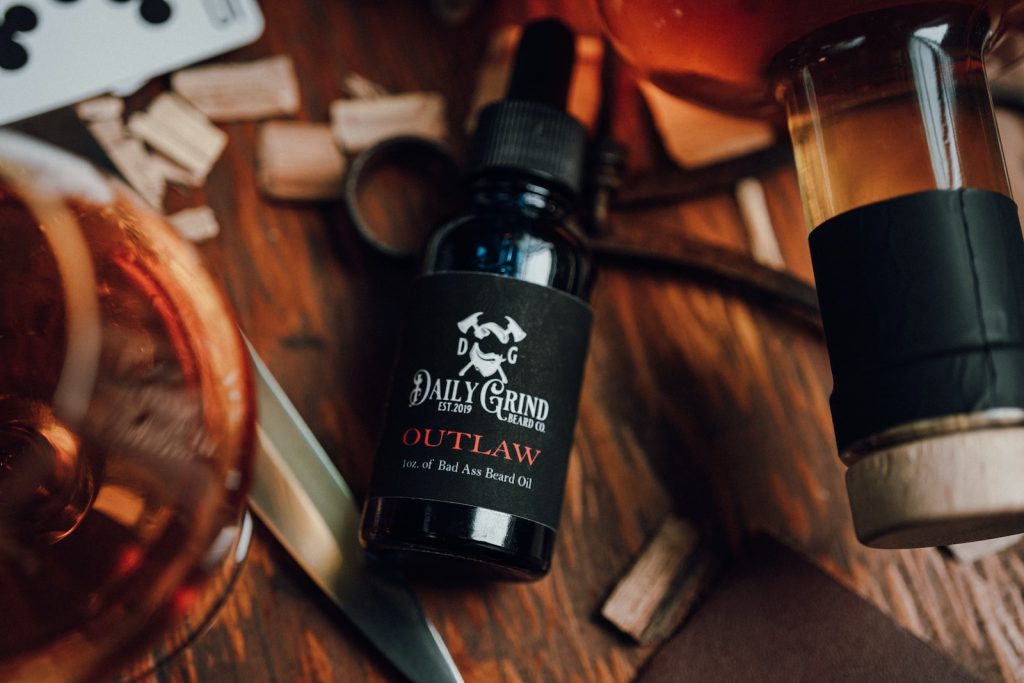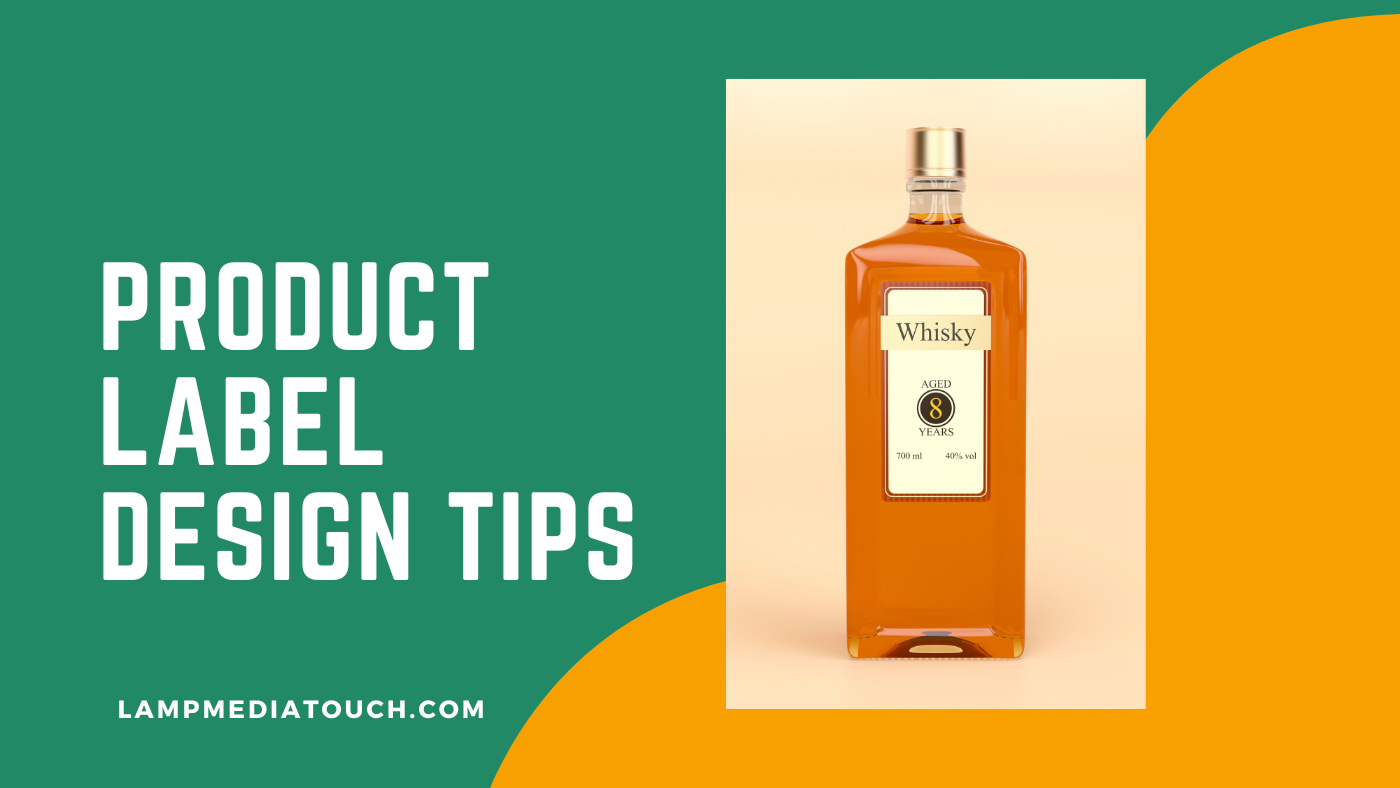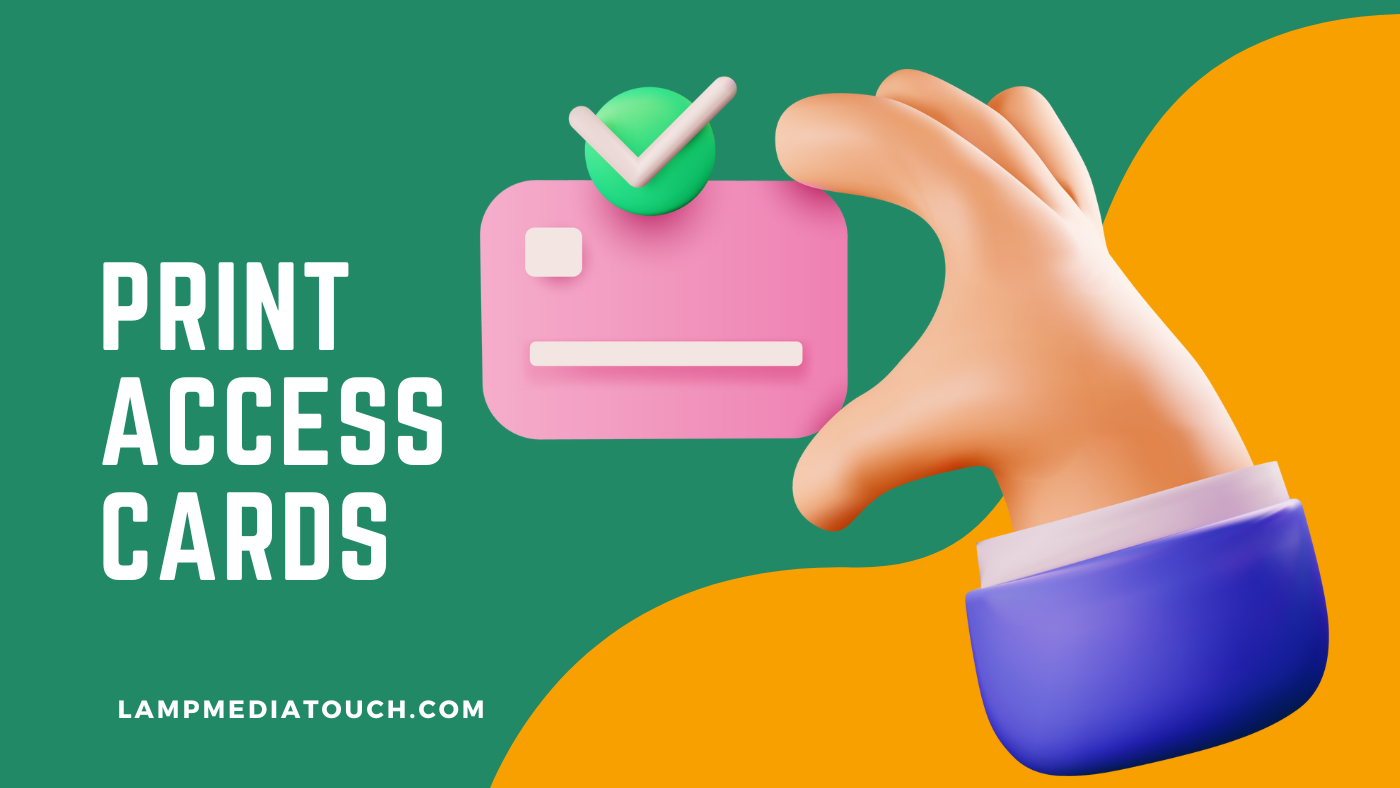Imagine you’re browsing the shelves of a store, looking for a product that meets your needs. You see dozens of options, but only one catches your eye. It has a label that speaks to you, that tells you what the product is, why you need it, and how it’s different from the rest. It has a label that makes you want to pick it up and buy it.
That’s the power of a product label. It’s not just a sticker that identifies your product. It’s a mini billboard that showcases your brand, your value proposition, and your personality. It’s a key factor that influences how customers perceive your product and whether they choose to buy it or not.
But how do you design such a label? How do you make sure your label stands out from the competition and appeals to your ideal customer? How do you create a label that reflects your product and your brand?
In this article, we’ll show you 10 product label design tips that will help you craft a label that makes your product pop. Whether you’re a graphic designer, a design student, or a business owner, you’ll learn how to create a label that attracts attention, communicates clearly, and persuades customers to buy.
1. Know your target audience

The first step in designing a product label is to know who you’re designing for. Who is your ideal customer? What are their needs, preferences, and pain points? What are they looking for in a product like yours?
Knowing your target audience will help you choose the right colors, fonts, images, and words for your label. You want to create a label that appeals to their emotions, values, and aspirations. You also want to create a label that matches their expectations and needs.
For example, if you’re selling organic skincare products, you might want to use green and white colors, natural images, and words like “pure”, “gentle”, and “nourishing”. You also want to include information about the ingredients, the benefits, and the certification of your products. You also want to make sure that your label is clear, visible, and attractive.
2. Research your competitors


Another important step in designing a product label is to research your competitors. What are they doing well? What are they doing poorly? How can you differentiate yourself from them?
You don’t want to copy your competitors’ labels, but you can learn from them and find ways to improve on them. You want to create a label that stands out from the crowd and highlights your unique selling proposition. You also want to create a label that avoids confusion and misrepresentation.
For example, if you’re selling coffee beans, you might want to emphasize the origin, roast level, and flavor profile of your beans. You also want to avoid using similar colors, fonts, or images as your competitors. You also want to make sure that your label is consistent with your brand identity and product category.
3. Choose the right shape and size

The shape and size of your product label depend largely on the shape and size of your product packaging. You want to choose a label that fits well on your packaging and doesn’t cover any important information or features. You also want to choose a label that matches the style and personality of your product and brand.
For example, if you’re selling artisanal jam, you might want to use a round or oval label that gives a homemade feel. If you’re selling premium wine, you might want to use a rectangular or square label that gives a sophisticated look. You also want to make sure that the label of your product is proportional, balanced, and aligned with your packaging.
4. Use colors wisely

Colors play a huge role in product label design. They can evoke different emotions, associations, and impressions in your customers. They can also help you create contrast, hierarchy, and harmony in your label.
You want to use colors that match your brand identity and product category. You also want to use colors that complement each other and create a pleasing visual effect. You also want to use colors that are appropriate for the context and the message of your label.
For example, if you’re selling natural soap, you might want to use earthy tones like brown, green, and beige. These colors can convey a sense of nature, freshness, and cleanliness. If you’re selling energy drinks, you might want to use bright colors like red, yellow, and black. These colors can convey a sense of energy, excitement, and fun. You also want to make sure that your product label is eye-catching, appealing, and memorable.
5. Pick fonts carefully

Fonts are another crucial element in product label design. They can convey different messages, moods, and personalities in your customers. They can also help you create emphasis, clarity, and consistency in your label.
You want to pick fonts that match your brand voice and product type. You also want to pick fonts that are legible, scalable, and compatible with each other. You also want to pick fonts that are suitable for the medium and the audience of your label.
For example, if you’re selling luxury perfume, you might want to use elegant fonts like script or serif. These fonts can convey a sense of sophistication, elegance, and exclusivity. If you’re selling fun candy, you might want to use playful fonts like comic or handwritten. These fonts can convey a sense of fun, joy, and whimsy. You also want to make sure that the label of your product is readable, attractive, and distinctive.
6. Add images or graphics

Images or graphics can add visual interest and appeal to your product label. They can also help you illustrate your product features, benefits, or ingredients. They can also help you tell a story or create a mood in your customers.
You want to add images or graphics that are relevant, high-quality, and original. You also want to add images or graphics that are simple, clear, and consistent with your brand identity and product category. You also want to add images or graphics that are appropriate for the size and shape of your label.
For example, if you’re selling organic honey, you might want to add an image of a bee or a honeycomb. These images can convey a sense of nature, quality, and authenticity. If you’re selling vegan cheese, you might want to add a graphic of a plant or a leaf. These graphics can convey a sense of health, freshness, and sustainability. You also want to make sure that your label is creative, engaging, and unique.
7. Write catchy copy

Copy is the text that appears on your product label. It can include your product name, slogan, description, instructions, ingredients list, barcode, contact information, etc. Copy is essential for informing and persuading your customers about your product.
You want to write catchy copy that grabs attention, sparks curiosity, and triggers action. You also want to write copy that is clear, concise, and accurate. You also want to write copy that is consistent with your brand tone and voice.
For example, if you’re selling spicy salsa, you might want to write a catchy name like “Fireworks Salsa” and a slogan like “The hottest salsa in town”. You also want to write a clear description like “Made with fresh tomatoes, jalapeños, garlic, and cilantro” and an accurate ingredients list. You also want to make sure that your label is informative, persuasive, and compelling.
8. Use white space strategically

White space is the empty space between the elements on your product label, it is also known as negative space. It can help you create balance, focus, and breathing room in your label. It can also help you avoid clutter and confusion in your label.
You want to use white space strategically to enhance the readability and attractiveness of your label. You also want to use white space to create contrast and hierarchy in your label. You also want to use white space to emphasize the most important elements on your label.
For example, if you’re selling premium chocolate bars, you might want to use white space to create a minimalist and elegant look for your label. You also want to use white space to make the name and logo of your brand and the flavor of your chocolate stand out. You also want to make sure that your overall label design is neat, organized, and professional.
9. Add finishing touches
Finishing touches are the extra details that can make your product label more appealing and memorable. They can include things like foiling, embossing, die-cutting, glossing, mattifying, etc. Finishing touches can add texture, dimension, and shine to your product label. They can also make your product label more durable and resistant to wear and tear.
You want to add finishing touches that match your brand identity and product category. You also want to add finishing touches that enhance the design and message of your label. You also want to add finishing touches that fit your budget and printing options.
For example, if you’re selling artisanal candles, you might want to add foiling to your label to create a metallic and luxurious effect. You also want to add embossing to your label to create a tactile and textured effect. You also want to check with your printer if they offer these services and how much they cost. You also want to make sure that your label is appealing, memorable, and distinctive.
10. Test and refine your product label
In these awesome product label design tips, the final step is to test and refine it. You want to make sure that your product label works well in different situations and contexts. You also want to make sure that your product label meets the expectations and needs of your customers. Consider what needs to be on a product label and what not to be.
You can test your product label by printing it out and applying it to your product packaging. You can also test your product label by showing it to potential customers and getting their feedback. You can also test your product label by comparing it with your competitors’ labels and seeing how it stands out.
You can refine your product label by making adjustments based on the results of your testing. You can refine your product label by changing the colors, fonts, images, or copies of your label. You can also refine your product label by adding or removing elements from your label. You also want to make sure that your label is optimal, effective, and satisfactory.
FAQ
What is the difference between a product label and a product sticker?
A product label is a piece of paper or plastic that is attached to a product or its packaging. It usually contains information about the product, such as its name, description, ingredients, instructions, etc. A product sticker is a type of product label that has an adhesive backing that sticks to the product or its packaging. It usually contains information about the brand, such as its logo, slogan, or website.
What are the best tools for designing a product label?
There are many tools for designing a product label, but some of the most popular ones are Adobe Illustrator, Photoshop, InDesign, Canva, and OnlineLabels.com. These tools allow you to create vector or raster graphics, edit images, add text, apply effects, and print or export your design
How much does it cost to design a product label?
The cost of designing a product label depends on many factors, such as the complexity of the design, the size and shape of the label, the number of colors and finishing touches, the printing method and quantity, etc. The cost of designing a product label can range from a few dollars to hundreds or thousands of dollars.
Conclusion
Your product label is a key element of your marketing and branding strategy. It can make or break your product’s success. It can also showcase your product’s features, benefits, and personality.
To create a stunning product label, you need to consider various aspects of design, such as your target audience, your competitors, your shape and size, your colors, your fonts, your images or graphics, your copy, your white space, your finishing touches, and your testing and refining.
If you need more guidance or assistance with your product label design, don’t hesitate to contact Lampmediatouch for Graphic Design and Printing Service. We have the skills, experience, and resources to help you create a product label that will wow your customers. We offer online and onsite service and deliver anywhere. Get in touch with us today and let us take your product to the next level.





